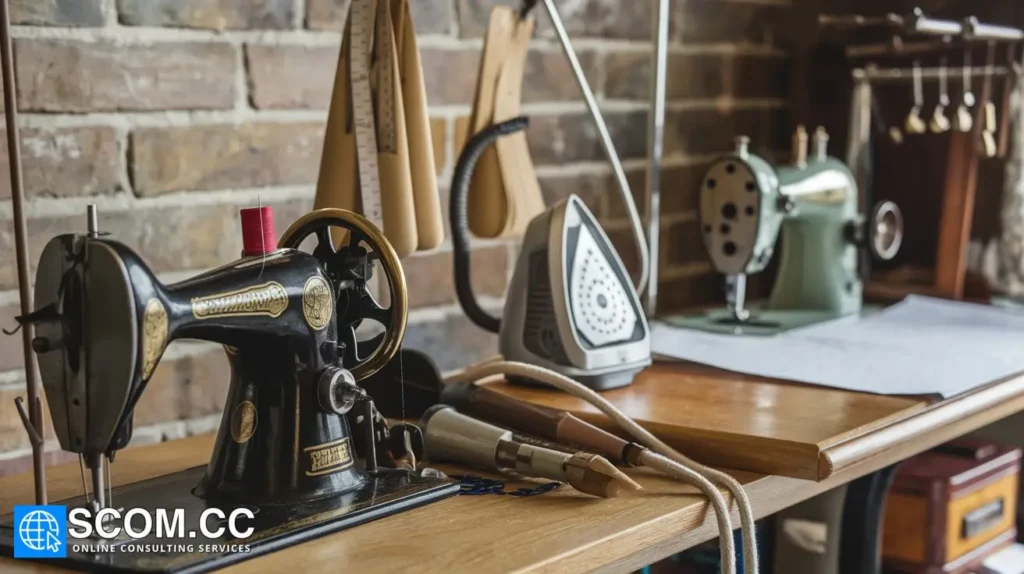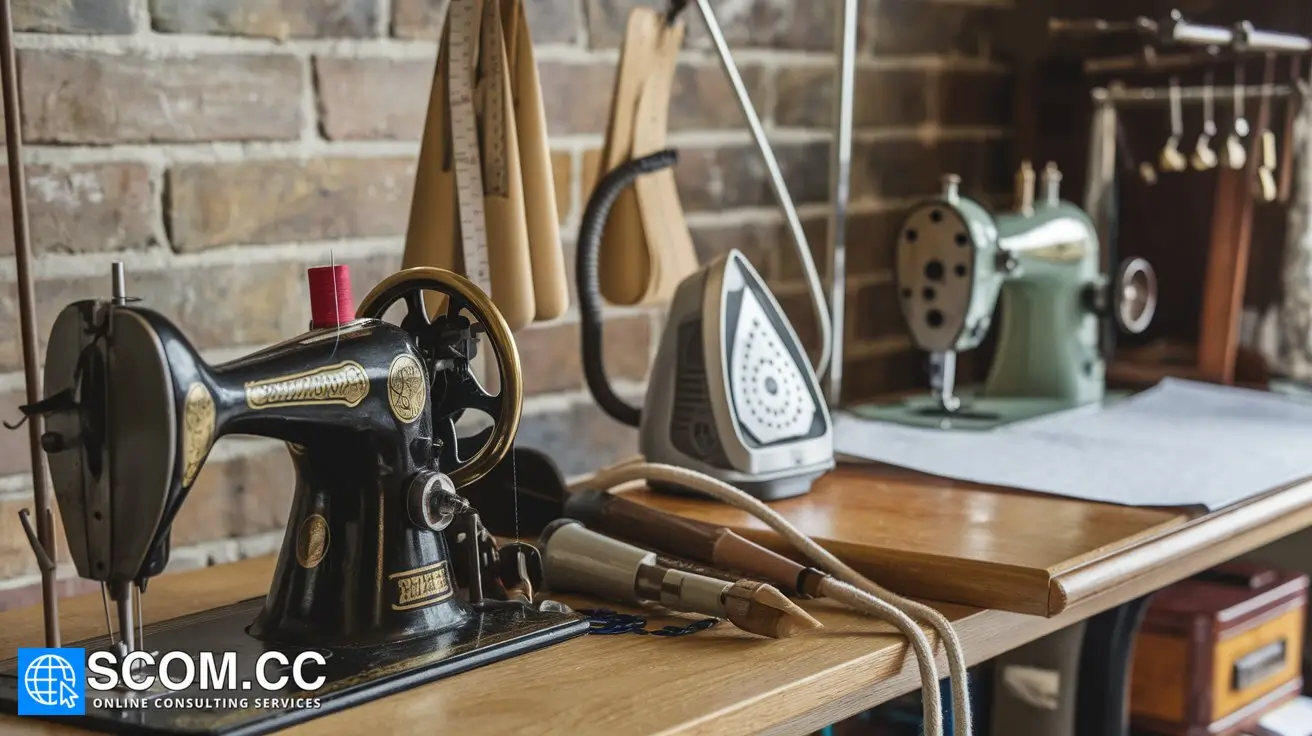How to Repair and Maintain Your Tailoring Machines

How to Repair and Maintain Your Tailoring Machines
Maintaining and repairing tailoring machines is essential for ensuring their optimal performance and extending their lifespan. Proper care can prevent costly repairs, reduce downtime, and improve the quality of your work. Whether you use a sewing machine, serger, or other tailoring equipment, understanding how to perform basic maintenance and troubleshoot common issues can help keep your machines in top condition. This guide provides a comprehensive overview of how to repair and maintain your tailoring machines, offering practical tips and step-by-step instructions for effective care.
1. Understanding Your Tailoring Machines
1.1 Types of Tailoring Machines
Tailoring machines come in various types, each designed for specific functions:
- Sewing Machines: Used for stitching fabrics together, available in mechanical, electronic, and computerized models.
- Serger Machines: Also known as overlock machines, used for finishing edges and creating professional seams.
- Embroidery Machines: Specialized machines for adding decorative stitching and designs to garments.
1.2 Key Components
Familiarize yourself with the key components of your machines to perform effective maintenance and repairs:
- Needle: Essential for stitching fabric.
- Bobbin: Holds the lower thread and works in conjunction with the needle.
- Feed Dogs: Move the fabric through the machine.
- Presser Foot: Holds the fabric in place while sewing.
- Thread Tension Mechanism: Controls the tightness of the thread.
2. Regular Maintenance
2.1 Cleaning Your Machines
Regular cleaning helps prevent dust and lint buildup that can affect machine performance.
- Daily Cleaning: Wipe down the machine’s exterior and remove loose threads and lint from the needle area and feed dogs.
- Weekly Cleaning: Remove the needle plate and clean the bobbin case and surrounding areas using a small brush or vacuum attachment.
- Deep Cleaning: Every few months, disassemble the machine to clean internal components, such as the shuttle race and feed mechanism. Refer to the machine’s manual for detailed instructions.
2.2 Lubrication
Proper lubrication keeps moving parts functioning smoothly and reduces wear.
- Machine Oil: Use the recommended sewing machine oil and apply it to designated areas, such as the needle bar, hook race, and shuttle.
- Lubrication Schedule: Follow the manufacturer’s recommendations for lubrication frequency, typically every 8-10 hours of sewing or according to the machine’s usage.
2.3 Thread and Needle Care
Maintaining your thread and needles is crucial for smooth operation.
- Thread Quality: Use high-quality thread suitable for your machine and fabric. Avoid using old or damaged thread that can cause breakage and tension issues.
- Needle Replacement: Replace needles regularly or when they become dull or bent. Ensure you use the correct needle type and size for your fabric.
3. Troubleshooting Common Issues
3.1 Sewing Machine Problems
Identify and address common issues with sewing machines:
- Skipped Stitches: Check the needle for damage or incorrect installation. Ensure the thread tension is correctly adjusted and the needle is suitable for the fabric type.
- Thread Breakage: Inspect the thread for tangles or knots and ensure the thread path is correctly threaded. Adjust the tension if needed.
- Machine Jamming: Remove the bobbin case and clean any lint or debris. Ensure the bobbin is properly wound and installed.
3.2 Serger Issues
Address common serger problems to maintain performance:
- Unfinished Seams: Check the thread tension settings and ensure the machine is properly threaded according to the manual.
- Loopers Not Catching: Verify the looper threads are correctly positioned and adjust the tension if necessary.
- Serger Not Feeding Fabric: Ensure the feed dogs are functioning correctly and check for any blockages or misalignments.
3.3 Embroidery Machine Problems
Resolve issues specific to embroidery machines:
- Design Misalignment: Check the hooping and alignment of the fabric. Ensure the machine’s embroidery arm is functioning correctly.
- Thread Snagging: Inspect the thread path for any obstructions and ensure the bobbin is correctly wound and placed.
- Error Messages: Refer to the machine’s manual for guidance on error codes and follow troubleshooting steps provided by the manufacturer.
4. Advanced Repairs
4.1 Diagnosing Mechanical Issues
For more complex mechanical issues, follow these steps:
- Identifying Problems: Listen for unusual noises and observe the machine’s behavior. Common issues may include malfunctioning gears or belts.
- Basic Repairs: Replace worn belts, adjust timing mechanisms, and lubricate moving parts as needed. Refer to the machine’s manual or seek professional assistance for complex repairs.
4.2 Professional Servicing
For major repairs or if you’re unsure about performing repairs yourself:
- Professional Service: Schedule regular servicing with a certified technician to address any significant issues and perform thorough inspections.
- Service Records: Keep detailed records of all servicing and repairs to track the machine’s maintenance history and ensure its longevity.
5. Preventive Measures
5.1 Proper Usage
Adhering to best practices during machine use can prevent many issues:
- Avoid Overloading: Do not overload the machine with too many layers or heavy fabrics that it is not designed to handle.
- Follow Instructions: Adhere to the manufacturer’s guidelines for operating and maintaining the machine.
5.2 Environment
Maintain an optimal environment for your machines to reduce wear and tear:
- Clean Workspace: Keep the workspace clean and free of dust and debris that can affect machine performance.
- Temperature and Humidity: Avoid exposing machines to extreme temperatures or high humidity, which can affect their functionality.
Conclusion
Effective maintenance and timely repairs are essential for keeping your tailoring machines in excellent working condition. By understanding your machines, performing regular cleaning and lubrication, troubleshooting common issues, and seeking professional assistance when needed, you can ensure optimal performance and extend the lifespan of your equipment. Regular care and attention will lead to smoother operation, fewer disruptions, and higher-quality results in your tailoring projects.

To explore more about tailoring, visit our Blog of Tailoring. If you have any questions or need assistance, go to our contact page. Additionally, you can find more information about tailoring and consulting at this tailoring and consulting portal.

Leave a Reply